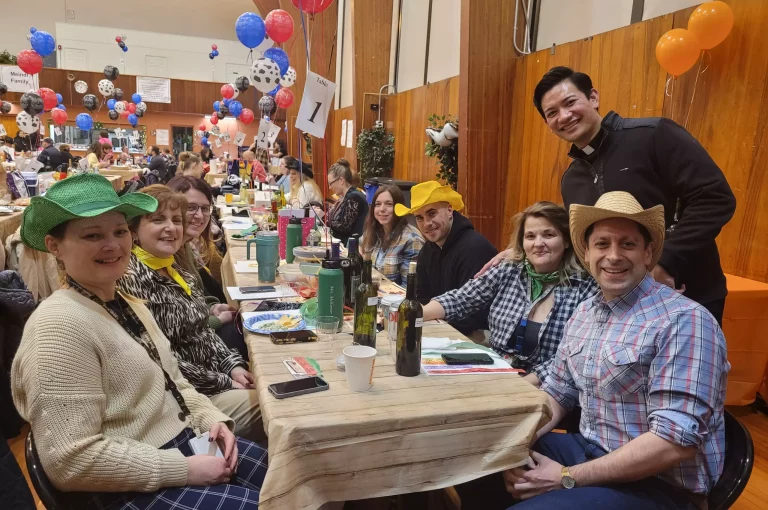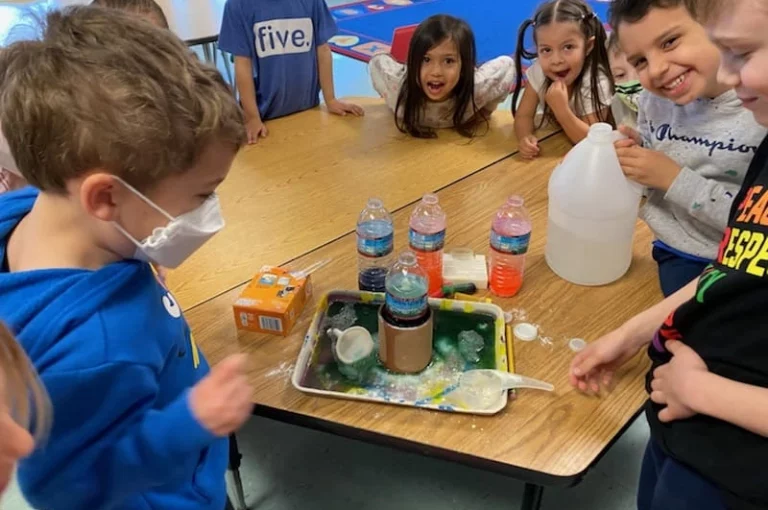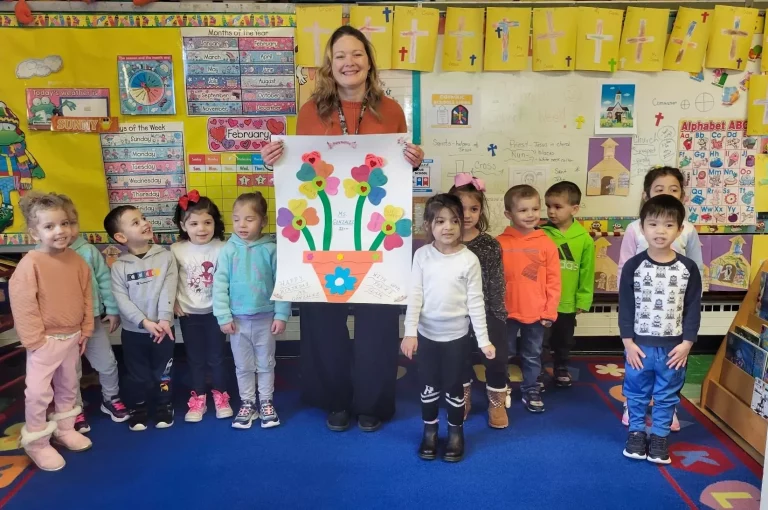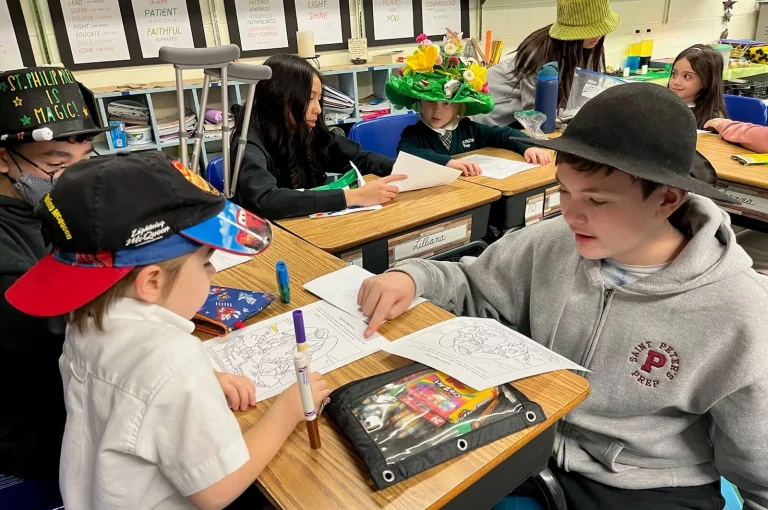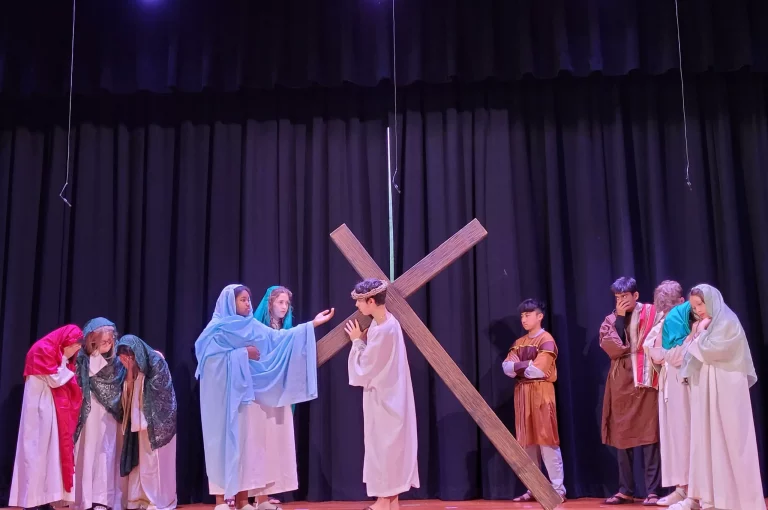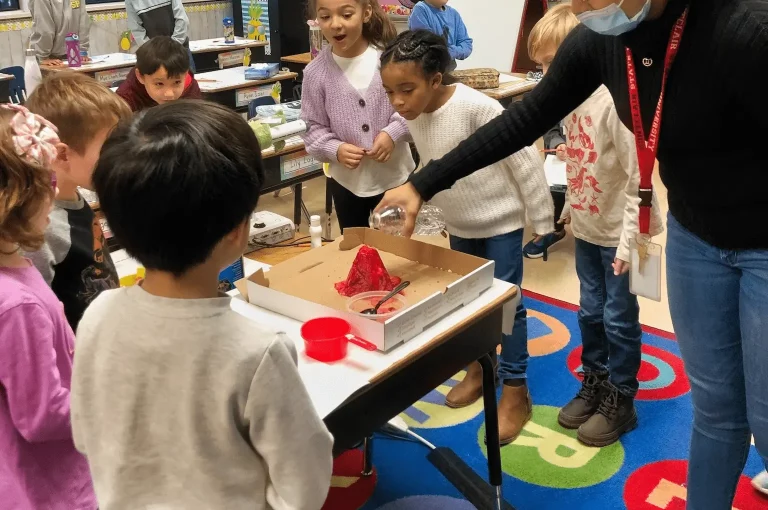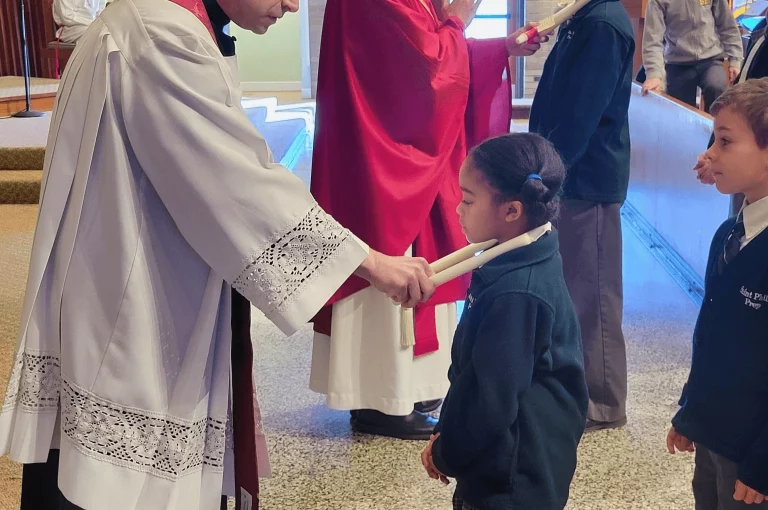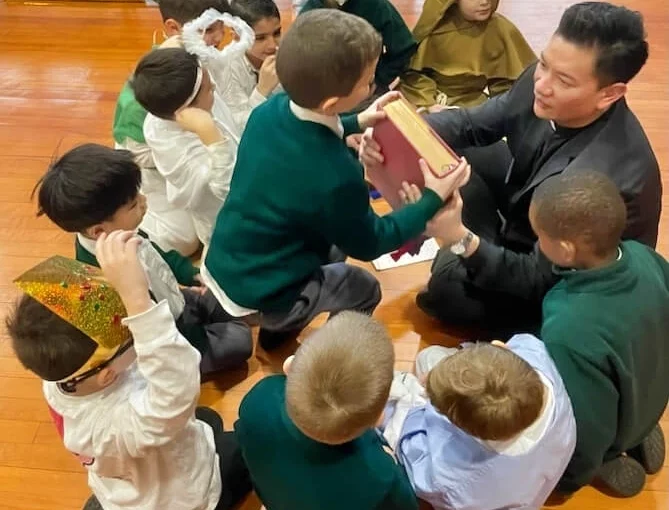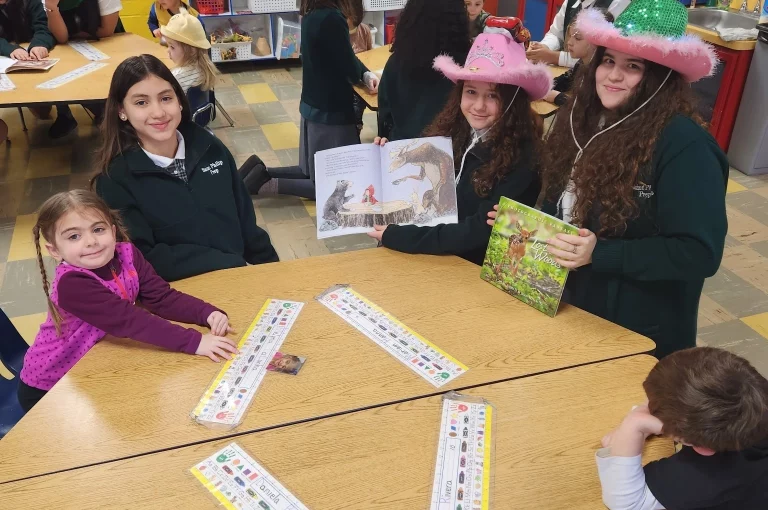PreK3 is an Early Childhood Program for children who will be three years old by October first of the new school year. Full and half day programs are available with Music, Art, Technology and World Language.
*Child must be successfully potty trained. Diapers and “pull-ups” are strictly prohibited.
Key features of the Creative Curriculum:
- Learning through play: The Creative Curriculum recognizes the importance of play in a child’s development. Play is considered a natural and meaningful way for children to explore and make sense of the world around them. The curriculum provides a variety of play based activities and materials that encourage active engagement and learning.
- Learning Centers: The curriculum organizes the classroom into different learning centers or areas, such as building (blocks), art, math, science and literacy. Each center is designed to promote specific skills and concepts. Children have the opportunity to choose activities and materials that interest them and engage in hands-on exploration.
- Teacher guided instruction: While children are encouraged to explore and learn independently, teachers play a vital role in guiding and supporting their learning. Teachers observe children’s interests and abilities and use that information to plan and facilitate meaningful learning experiences. They provide guidance, ask open ended questions and encourage problem solving and critical thinking skills.
- Integrated Curriculum: The Creative Curriculum integrates various content areas, such as literacy, math, science, social studies and the arts. This approach allows children to make connections between different subjects and understand how they relate to the real world. It promotes holistic understanding of concepts and encourages children to explore interests across different domains.
- Individualized instruction: The curriculum recognizes that each child has unique strengths, interests and learning styles. Teachers differentiate instruction to meet individual needs, providing support and challenges as necessary. They use ongoing assessments strategies to track children’s progress and adjust instruction accordingly.



